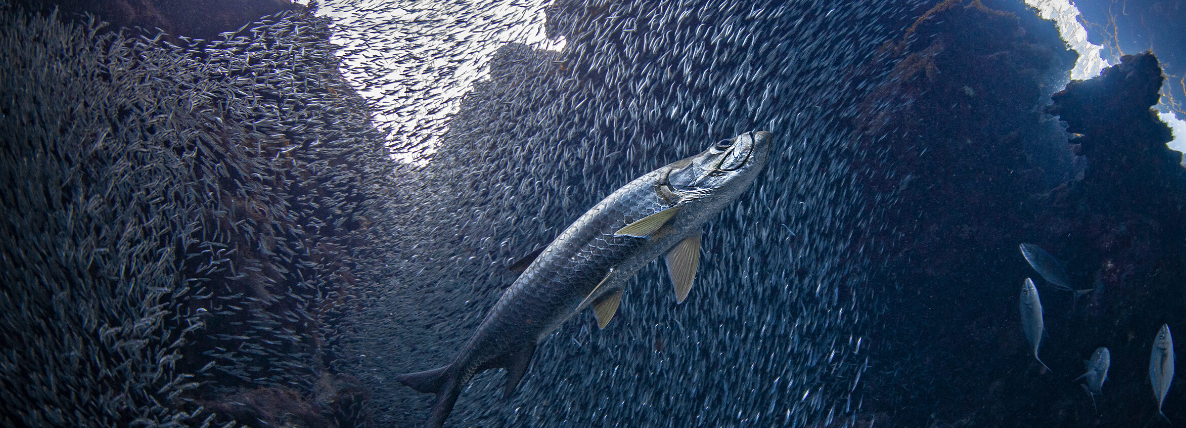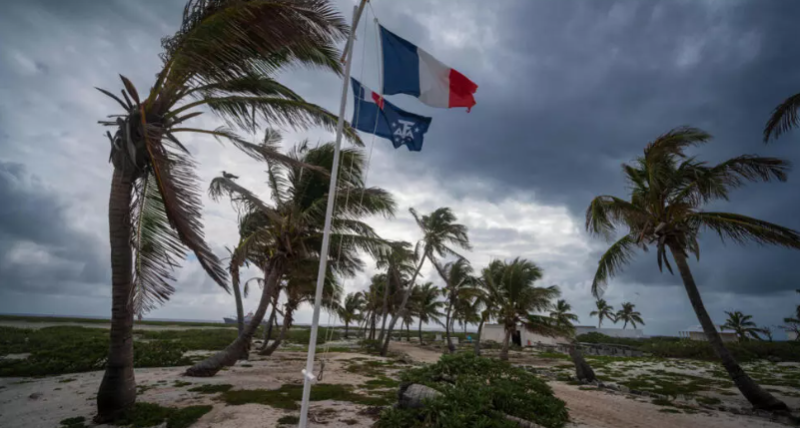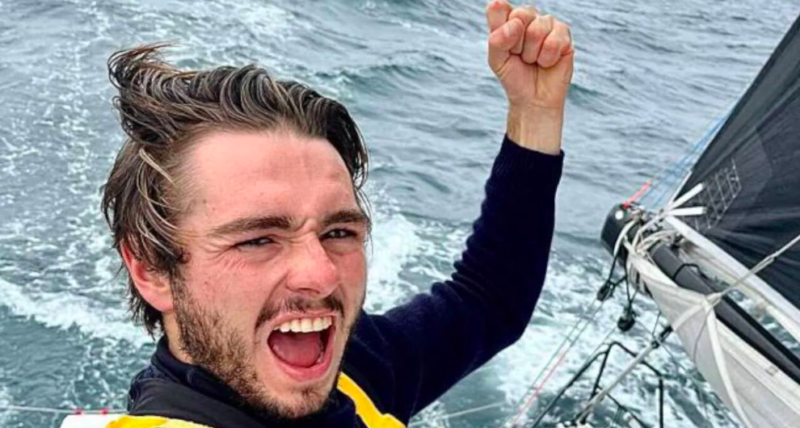- A new study examined the performances of two types of marine protected areas: no-take MPAs, where all fishing activity is banned, and multiple-use MPAs, which allow certain forms of fishing.
- It found that no-take MPAs increased fish biomass by 58.2%, and multiple-use MPAs increased by 12.6% compared to zones without any form of protection; the study also found that both types of MPAs were more than 97% likely to improve fish populations.
- The authors suggest that multiple-use MPAs can provide “a viable and potentially equitable pathway to advance local and global conservation” when adequately designed and managed.
- However, an expert not involved in the study suggests that MPAs with full protection are more urgently needed to protect marine ecosystems like coral reefs.
Marine protected areas intended to safeguard biodiversity in the ocean come in many different sizes and shapes. Some cover large swaths of the ocean, while others are smaller in scale. There are also differences among MPAs regarding their rules, particularly when it comes to fishing. Some MPAs allow certain forms of fishing; others ban it entirely or in some parts through what are known as no-take zones.
But are no-take MPAs more effective at boosting fish populations than multiple-use MPAs, which do allow some fishing? A new study suggests that both types can improve fish populations, depending on where and how they’re set up.
“There is a lot of emphasis on installing no-take MPAs, which is where fishing is not allowed, but we know there are some contexts where that is impossible or unethical,” study lead author David Gill, a marine scientist at Duke University’s Nicholas School of the Environment, told Mongabay. “We wanted to get a better sense of the relative impacts of these [different] types of MPAs, so that managers have the information to make the decision of what is the best approach to use.”
The study, published in the Proceedings of the National Academy of Sciences on Feb. 26, used data from 14,000 fish surveys across 216 MPAs to ascertain the respective performances of no-take MPAs and multiple-use MPAs. The authors found that when compared to zones without any protection, no-take MPAs increased fish biomass by 58.2%, and multiple-use MPAs increased it by 12.6%. But overall, the authors note, both types of MPAs were more than 97% likely to improve fish populations.
However, they found that the effectiveness of MPAs largely depended on where they were located and how they were managed and regulated. Near populated coasts, for instance, no-take MPAs did more to boost fish populations. But in remote locations, both no-take MPAs and multiple-use MPAs yielded similar biomass gains. Moreover, the authors found that a multiple-use MPA near a populated area performed similarly to a no-take MPA when it was “adequately staffed and appropriately regulated.”
Gill said the study results indicate that multiple-use MPAs can be a “viable alternative” to no-take MPAs, especially in situations in which establishing a no-take MPA would be either unfeasible or unfair on local fishers.

“We hope these results can show and provide managers with an effective and an equitable path forward by being able to consider different options that can suit the local context,” Gill said. “The biggest implication is that there are no cookie-cutter approaches to equitable and effective conservation.”
One of the targets of the Kunming-Montreal Global Biodiversity Framework is to protect 30% of the land and sea by 2030, yet the world remains well short of this goal. Only about 8% of the global ocean is currently protected in some form of MPA, and only two countries have so far protected at least 30% of their waters. According to the Washington, D.C.-based Marine Conservation Institute’s Marine Protection Atlas, of these protected areas, only about 3% of the global ocean is known to be fully or highly protected, meaning fishing and other destructive activities are banned there. Most other marine protected areas allow moderate or even extensive fishing or other extraction activities.
Melanie McField, founder and director of the Healthy Reefs for Healthy People Initiative (HRI), an initiative that supports the conservation of the Mesoamerican Reef, says the research provides “another example of the ability of MPAs to increase fish biomass.” However, McField, who was not involved in the study, placed more emphasis on the finding that no-take MPAs reap more benefits for marine biodiversity than multiple-use MPAs near populated areas.
“The substantially higher fish biomass in the fully protected areas benefits not only biodiversity conservation, but also the local fishing communities that reap the increased reproductive output of the mega-spawners protected in the no-take zones,” McField told Mongabay in an email.
McField pointed out that many marine areas with significant biodiversity, such as coral reef systems in the Caribbean, are “fully rooted in the anthropogenic zone,” and full protection would be more appropriate for these areas. She also expressed concern that multiple-use MPAs may not be enough to “win the battle to save our reefs.”
“I consider the overall difference (remote and human-dominated reefs) between 13% increase and 58% increase to reinforce the need for full protection,” she said. “We can’t rebuild reefs with incremental band-aids. We need chemo or a tourniquet … because it is a life-threatening ecological condition that we are facing.”




